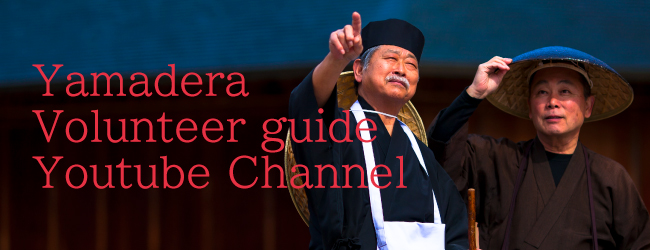Nukitomeshi (Threaded Through), waka poem on tanzaku card Kitamura Kigin Early Edo Period (17th-18th century) Yamadera Basho Memorial Museum Collection

Nukitomeshi (Threaded Through), waka poem on tanzaku card
Kitamura Kigin
Early Edo Period (17th-18th century)
Yamadera Basho Memorial Museum Collection
nukitomeshi / tama no wo nagaki / yo yo wo hete / taenu miyai no / ato zo kashikoki
threaded through / the jewel’s long string / like long generations / of unbroken worship / such remarkable deeds
This waka poem was authored by Kitamura Kigin, who once served as Basho’s haiku teacher. Kigin was a scholar of Japanese classics such as the Genji monogatari, and he was known to compose waka poems which alluded to historical events and ancient customs. The Nukitomeshi poem is based on a legend concerning the Aridoshi Shrine in Nagataki town, Izumi Province (present-day Nagataki, Izumisano city, Osaka).
This legend was introduced in works including Sei Shonagon’s Makura no Soshi (“The Pillow Book”), a Heian-period book of essays and musings. In the Aridoshi Shrine legend, the Emperor of China sends the Japanese Emperor puzzles to test his cleverness. For one of these challenges, the Chinese Emperor sends a small jewel that has a passage with seven curves running through it, and he tells the Japanese Emperor that if he is unable to pass a thread through this passage, he will attack and conquer Japan. A noble who serves the Japanese Emperor seeks advice from his elderly father, who tells him to daub a little honey onto one of the jewel openings and then tie one string onto each of two ants. After the ants are placed at the mouth of the other opening, they proceed into the passage and emerge at the other end, easily threading the jewel. The legend goes on to state that the elderly father becomes the deity of Aridoshi (literally, “ant passing through”) Shrine after his death.
Kigin’s poem expresses his sentiment that the tradition of worshiping at the Aridoshi Shrine, something which had continued unbroken for many generations, was indeed worthy of wonder and praise.
